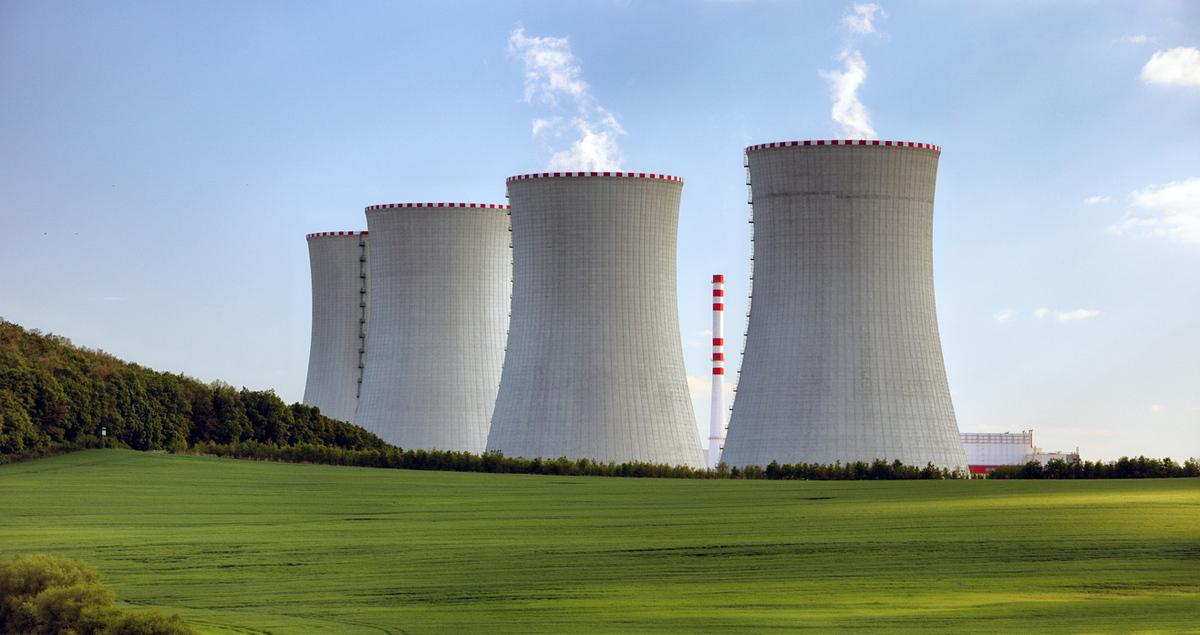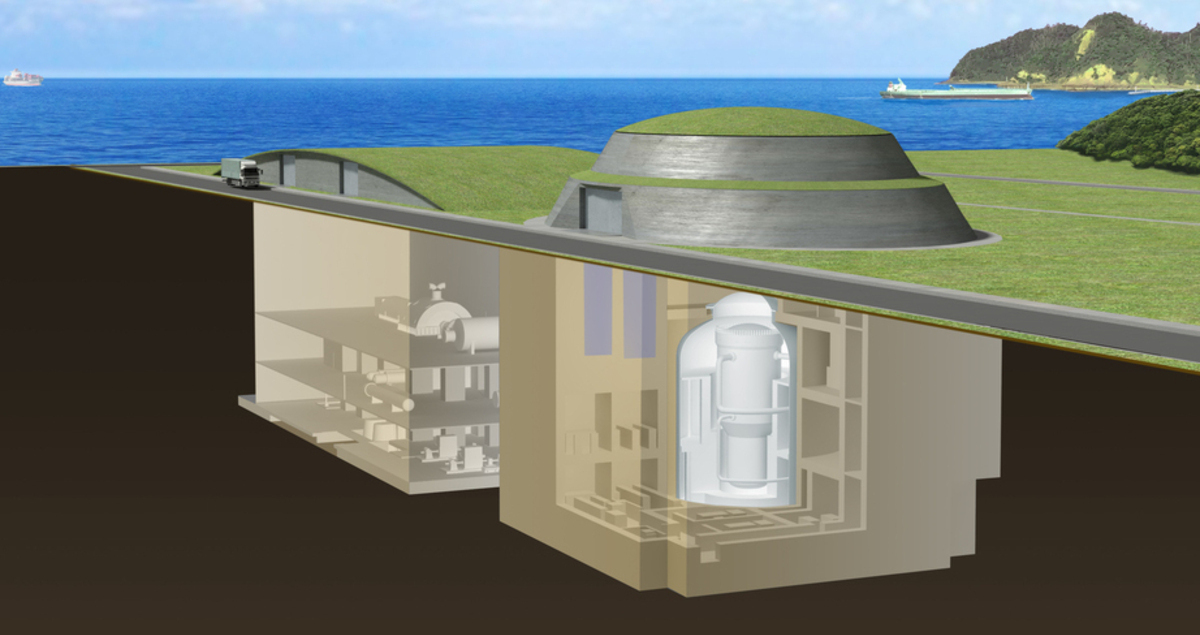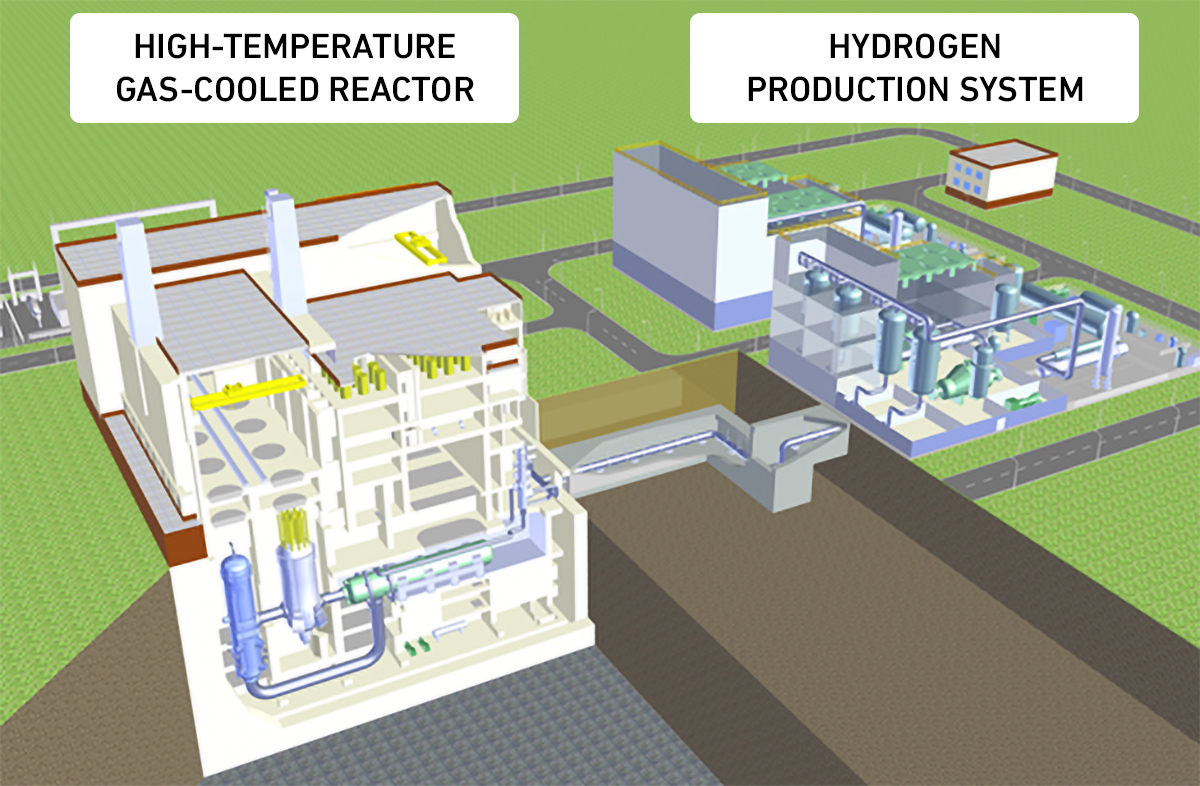How pink hydrogen could add to the nuclear renaissance

Nuclear power is experiencing a renaissance. Geopolitical pressure on energy prices and global efforts to reach net zero emissions by 2050 are forcing countries around the world to revisit their energy policies. In their search for alternative, carbon-free fuel sources that can deliver at scale, nuclear is coming back into consideration. This follows a decade of decline after the Fukushima reactor accident in Japan in 2011.
In the UK, a total of eight large reactors could be built to meet a target of 24GW by 2050. The government is also investing in the development of small modular reactors (SMRs) about a third of the size of two large 1.6GW reactors that are currently in progress. France — Europe’s biggest nuclear power generator — plans to build another 13 new-generation reactors. The US has launched a grant scheme to maintain operations at nuclear plants set to close down this decade. Even in Japan, the government is turning back toward nuclear for energy security.
While the technology used in this new generation of reactors is safer, nuclear power has become increasingly attractive for other reasons. It offers agile, cost-competitive energy, and can potentially produce emissions-free hydrogen in large quantities at a time when other methods are still in their infancy.

Miniaturizing nuclear technology
In recent years, a range of new technologies for nuclear fission reactors have also emerged.
One of the latest developments is SMRs, which typically generate less than 300MW of electricity, while traditional reactors churn out up to 1,000MW. Countries including the US, Canada and the UK have all put development funding behind the SMR model.
A single SMR could be used for projects with lower energy needs — for example, a small electricity grid, off-grid or in an industrial setting. Devices such as Mitsubishi Heavy Industries (MHI) Group’s small pressurized water reactor could even be deployed to power oceangoing ships. Alternatively, multiple SMRs can be linked together to deliver higher output.
Another widely discussed concept is advanced modular reactors (AMRs). These often use new coolants — such as sodium — and technologies to deliver not only electricity but also industrial heat, home heating and power for carbon-free hydrogen production. They can also run on alternative fuels, such as mixed oxide — made from recycled plutonium and uranium — or high-performance ceramic-coated fuels.

Generating pink hydrogen
One example of such a multipurpose reactor is the high-temperature gas-cooled reactor (HTGR). One of the biggest applications for HTGRs is producing carbon-free hydrogen — often referred to as pink hydrogen when nuclear power is the carbon-free energy source.
MHI is developing an HTGR plant that will produce hydrogen and power at temperatures of 900°C and above. It will use helium as its cooling agent, rather than the traditional option of water.
One of the technology’s main applications will be in the steel industry, where hydrogen will replace fossil fuels such as coal and natural gas as the feedstock. Other hard-to-abate sectors — such as the cement industry, heavy transportation and aviation — will also benefit from pink hydrogen in the longer term.
MHI’s HTGR will initially use the traditional steam reformation process to generate low-carbon hydrogen, but will ultimately move to electrolytic and other carbon-free methods.
HTGRs also have much smaller footprints than wind or solar farms. This makes them particularly attractive to space-constrained countries such as Japan and other island nations. What’s more, the technology also has enhanced safety features allowing the reactor to be cooled and “parked” in a stable state should an accident occur.

Safer, smaller, greener
While there are still some concerns about the nuclear renaissance, this new generation of atomic fission reactors offers a pathway toward both greater energy security and faster decarbonization. Nuclear-derived carbon-free hydrogen will add to the expanding variety of hydrogen types, boosting the hydrogen economy and alleviating some of the pressure on our environment.
Discover more about MHI’s actions toward carbon neutrality





